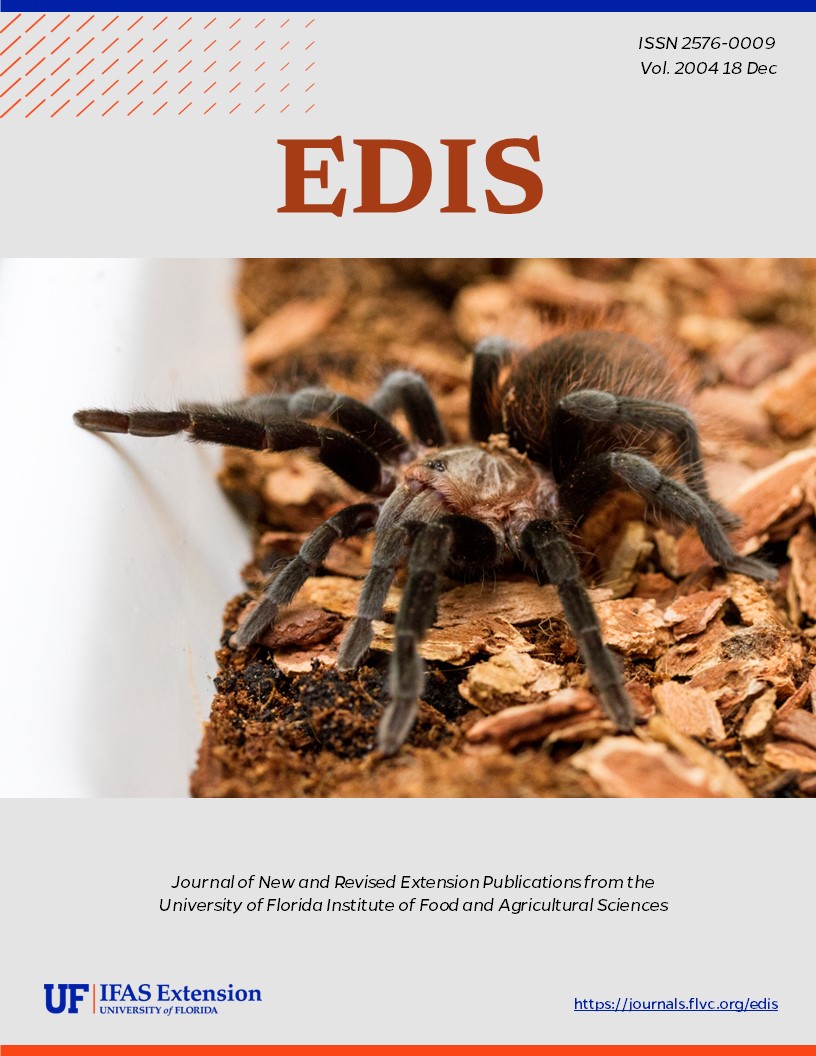Abstract
Diseases including blackleg, malignant edema, sord, black disease, red water, and three kinds of enterotoxemia are all caused by a genus of bacteria called Clostridium. These bacteria have three important qualities: they multiply only in the absence of oxygen; they have the ability to survive adverse conditions by transforming into highly resistant forms called spores; and they release potent toxins during the process of multiplying. It is the combination of these three characteristics that make the clostridia highly dangerous. This document is VM48, one of a series of the Veterinary Medicine-Large Animal Clinical Sciences Department, Florida Cooperative Extension Service, Institute of Food and Agricultural Sciences, University of Florida. Original publication date June 1, 1987. Reviewed and revised April, 1996, December, 2004.
Unless otherwise specified, articles published in the EDIS journal after January 1, 2024 are licensed under a Creative Commons Attribution-NonCommercial-NoDerivs 4.0 International (CC BY-NC-ND 4.0) license.

